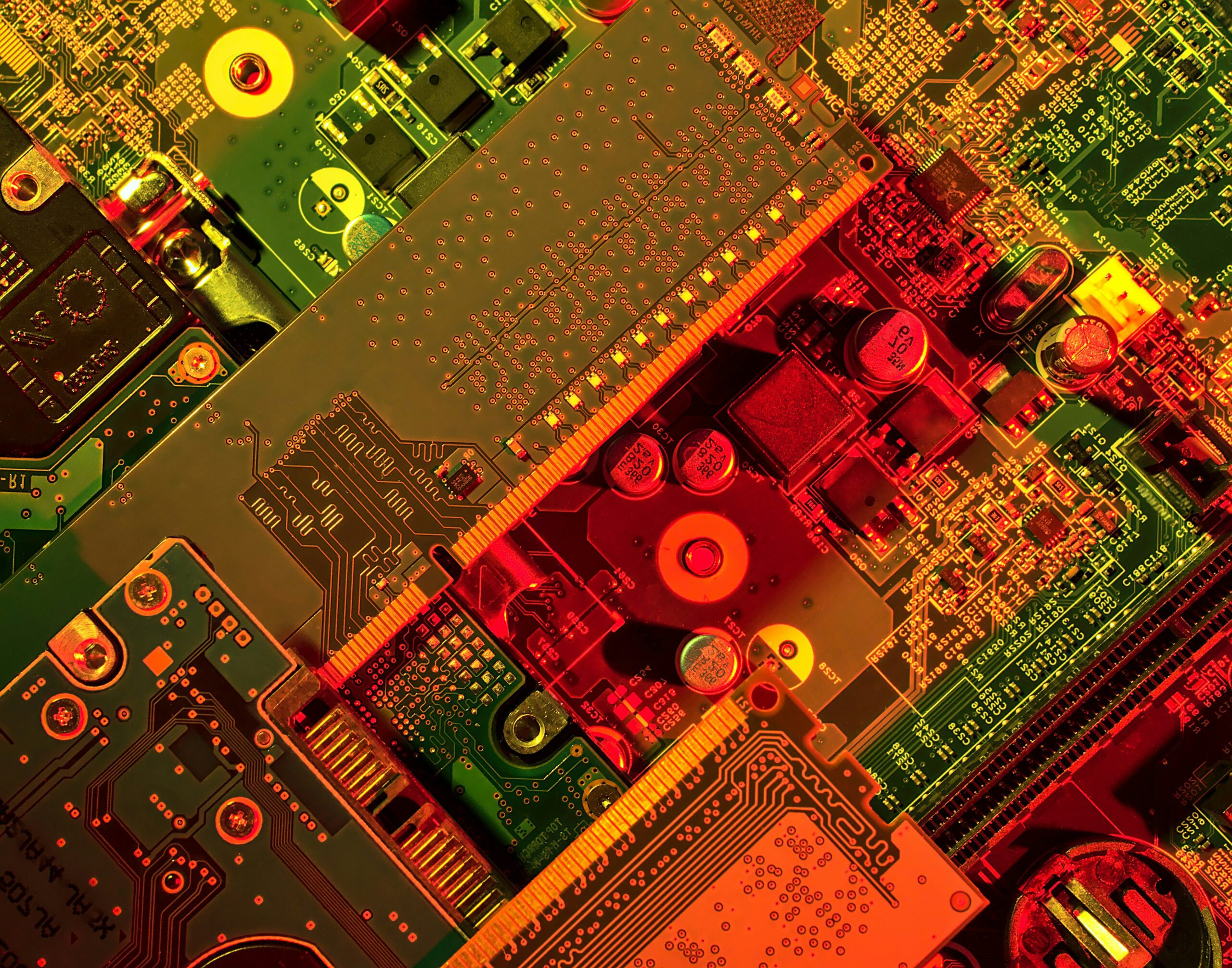EDI (Electronic Data Interchange) in ERP & CRM Systems: Automating Business Communication
July 30, 2025
ERP-Solutions
July 30, 2025

Electronic Data Interchange (EDI) is a foundational technology that enables the automated exchange of business documents between organizations. In the context of ERP (Enterprise Resource Planning) and CRM (Customer Relationship Management) systems, EDI plays a critical role in streamlining communication with suppliers, partners, logistics providers, and customers. What Is EDI? EDI refers to the structured transmission of data between computer systems using standardized message formats, such as ANSI X12 or EDIFACT. Instead of sending paper documents or emails, EDI allows for the direct and automated exchange of: Purchase Orders Invoices Shipping Notices Inventory Updates Payment Confirmations This data is typically exchanged over secure networks in formats both systems understand, eliminating the need for manual data entry and reducing the risk of errors. Why EDI Matters for ERP and CRM In ERP and CRM systems, EDI is essential for: Automating Order Processing: Orders received via EDI can be instantly processed by the ERP, reducing lead times and improving fulfillment speed. Real-Time Inventory Sync: Automatically updating inventory levels across supply chain partners. Improved Partner Communication: Strengthening relationships with customers, suppliers, and logistics networks. Fewer Errors and Lower Costs: Eliminating the manual handling of critical business documents. Key Use Cases Integrating supplier EDI feeds into the ERP procurement module Sending customer invoices from CRM or ERP to accounting systems via EDI Receiving real-time shipping and delivery notifications Automating B2B communications across global trade networks EDI Integration Challenges Despite its benefits, integrating EDI with ERP and CRM systems can present challenges: Complex Standards: Different industries and partners may use different EDI formats. Legacy Systems: Many EDI providers rely on older infrastructure. Initial Setup Costs: Mapping documents and setting up secure communication channels requires time and resources. Ongoing Maintenance: Changes in partner requirements may require updates to EDI configurations. Best Practices for EDI in ERP & CRM Choose an EDI solution that supports your industry’s standards Use middleware or integration platforms to simplify data mapping Ensure robust security and compliance with data regulations (e.g., GDPR, HIPAA) Monitor transactions and error logs regularly Train internal teams on EDI workflows and troubleshooting Conclusion EDI remains a powerful tool for integrating ERP and CRM systems with external business partners. When implemented correctly, it enables seamless, fast, and accurate communication — helping businesses reduce costs, improve efficiency, and build stronger B2B relationships.